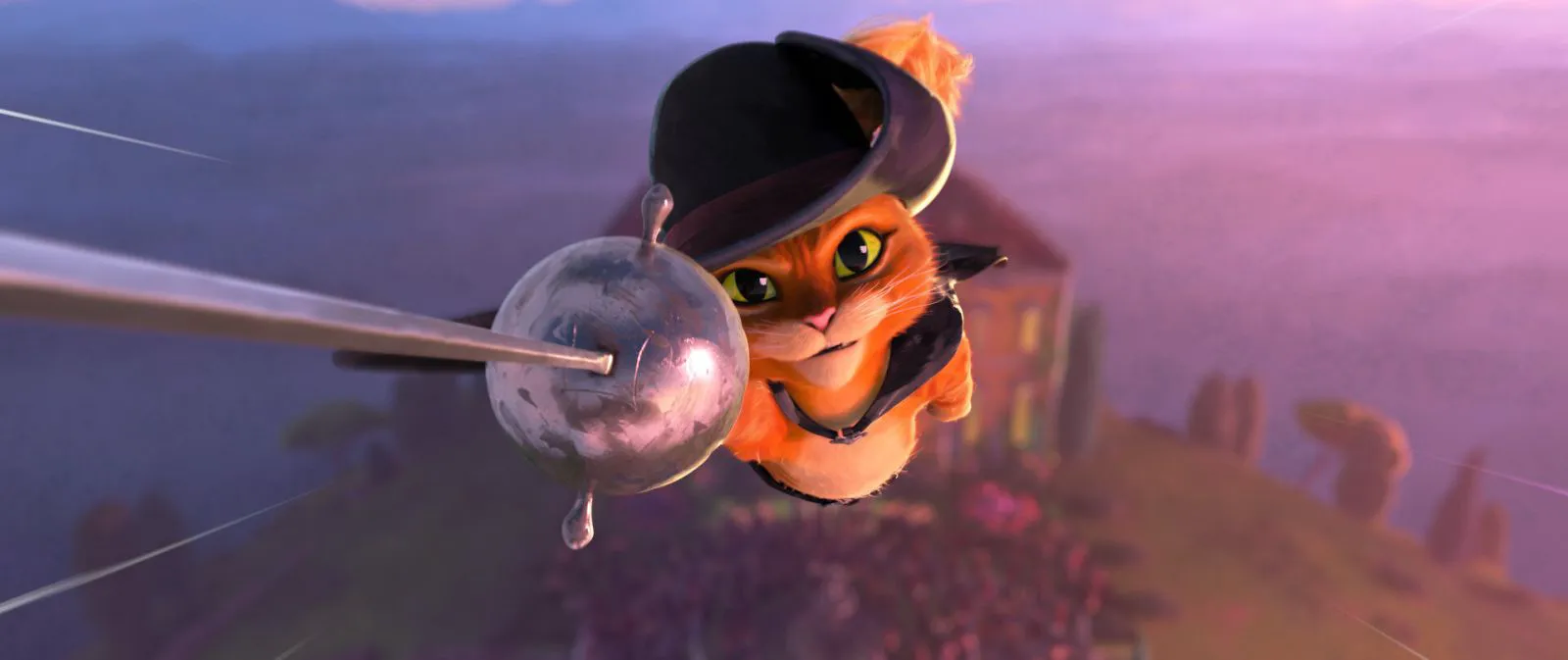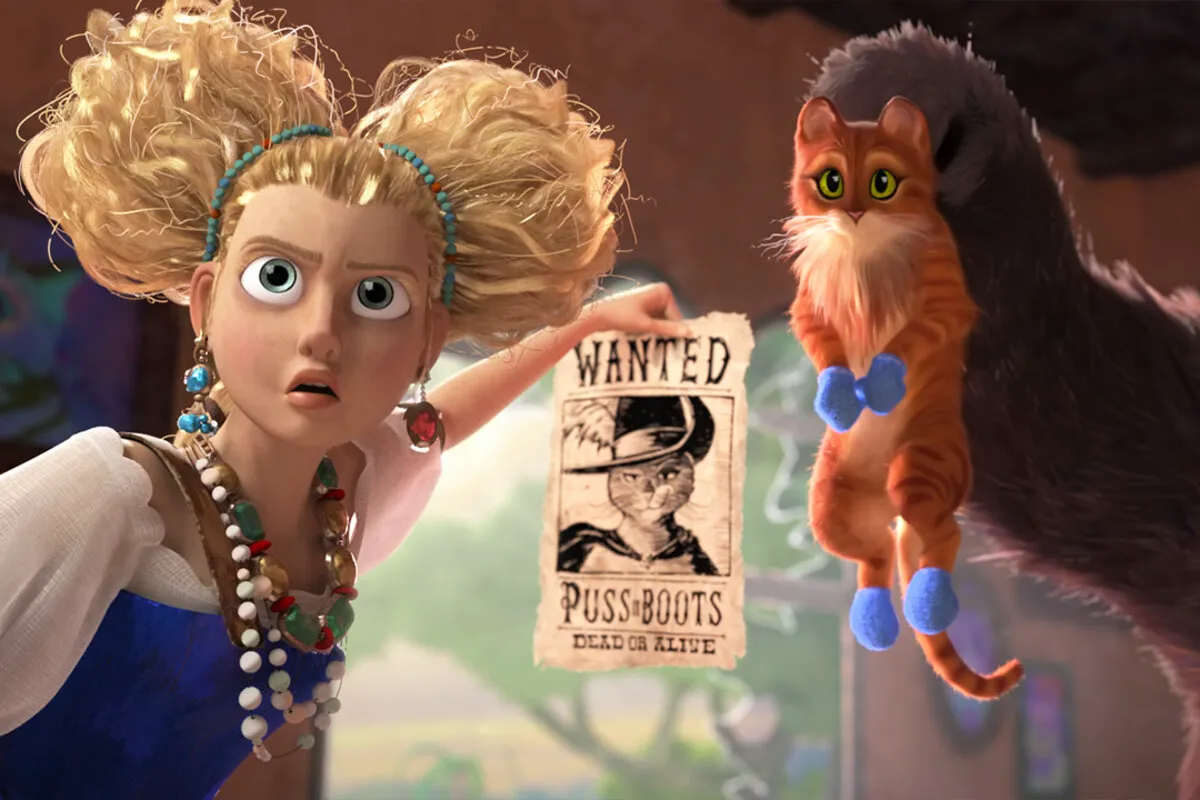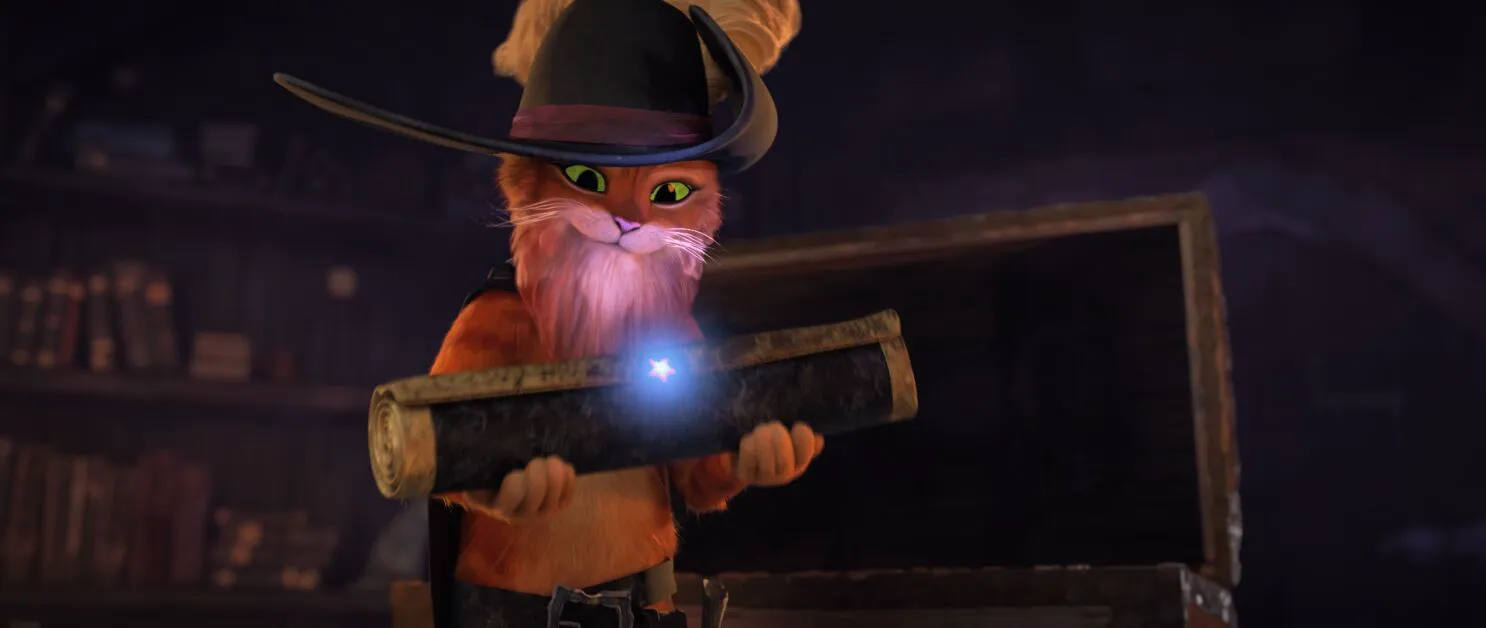Puss in Boots: The Last Wish - A Feline’s Quest for Redemption
Having carelessly squandered eight of his nine lives, Puss in Boots is struck by a wave of panic. The signs are clear: it’s time for the swashbuckling adventurer to hang up his boots and face the grim reality of mortality. He retreats to a retirement home, forced to wear a humiliating collar and share a litter box with other felines. However, a glimmer of hope appears in the form of the Wishing Star, hidden deep within a dark and treacherous forest, which could change the course of his life.

The Long Road to the Sequel
Back in 2012, Guillermo del Toro, the producer of the first “Puss in Boots” film, announced that a sequel was in active development. Initially slated for release in November 2018, the film was pushed back to December 2018 in August 2014, and ultimately removed from the release schedule altogether in January 2015. These changes stemmed from the studio’s policy of releasing two animated features per year. In November 2018, Christopher Meledandri (“Minions,” “The Secret Life of Pets”) was announced as the film’s executive producer. Bob Persichetti (“Spider-Man: Into the Spider-Verse”) was initially tapped to direct, but was replaced by Joel Crawford (“The Croods: A New Age”) in 2021, who was joined by Januel Mercado. Crawford was already familiar with the franchise, having storyboarded Puss’s backstory in an alternate world for “Shrek Forever After,” a scene that was ultimately cut from the final version.

A New Era of Animation
“Spider-Man: Into the Spider-Verse” revolutionized the animation landscape, with studios actively pursuing projects that blend 2D effects with computer graphics. While DreamWorks released “The Bad Guys” in a similar style in 2021, “Puss in Boots: The Last Wish” represents a significant leap forward for the industry. A team of approximately 400 specialists worked on the sequel, pushing the boundaries of animation technology. The creators successfully captured the energy of the first film while expanding on the protagonist’s story, sending him on a journey to confront his own fears and anxieties.

Friendship and Redemption
In the retirement home, Puss befriends Perrito, a scruffy stray dog who lives under the porch, seeking shelter. Unlike Puss, Perrito doesn’t dwell on the past or dream of the distant future. He has only one life, but his encounter with Puss makes it extraordinary. Nine wasted lives can never replace one life filled with cherished memories. Puss and Perrito quickly form a bond and embark on an adventure together.
To claim the Wishing Star, Puss must contend with Jack Horner, an avid collector of valuable artifacts, including a miniature ship of Lilliputians, the Hand of Midas, and unicorn horns. The screenwriters drew inspiration for the antagonist from the popular English nursery rhyme “Little Jack Horner,” which embodies human greed and uncompromising egocentricity. Even as a child, Horner possessed a mansion and a thriving network of bakeries, yet he never learned to share his wealth with others. As is often the case in such tales, the miser’s avarice leads to his downfall.
Facing the Past
In the film’s climax, Puss finds himself in the cave of lost souls, where he encounters his past selves. He realizes that death has always been close by. His desire to be a legend has led him to isolation: his megalomania has grown so immense that there is no room for others in his life. Puss understands that he must not run from his feelings: he must cease being selfish and learn to value those around him. Familiar faces also make appearances: the Gingerbread Man and Pinocchio can be seen briefly in the film. A post-credits scene also hints at the imminent return of the characters: the furry Don Juan intends to reunite with old friends. “Puss in Boots: The Last Wish” lays a solid foundation for a new “Shrek,” becoming more thoughtful and mature than the original.